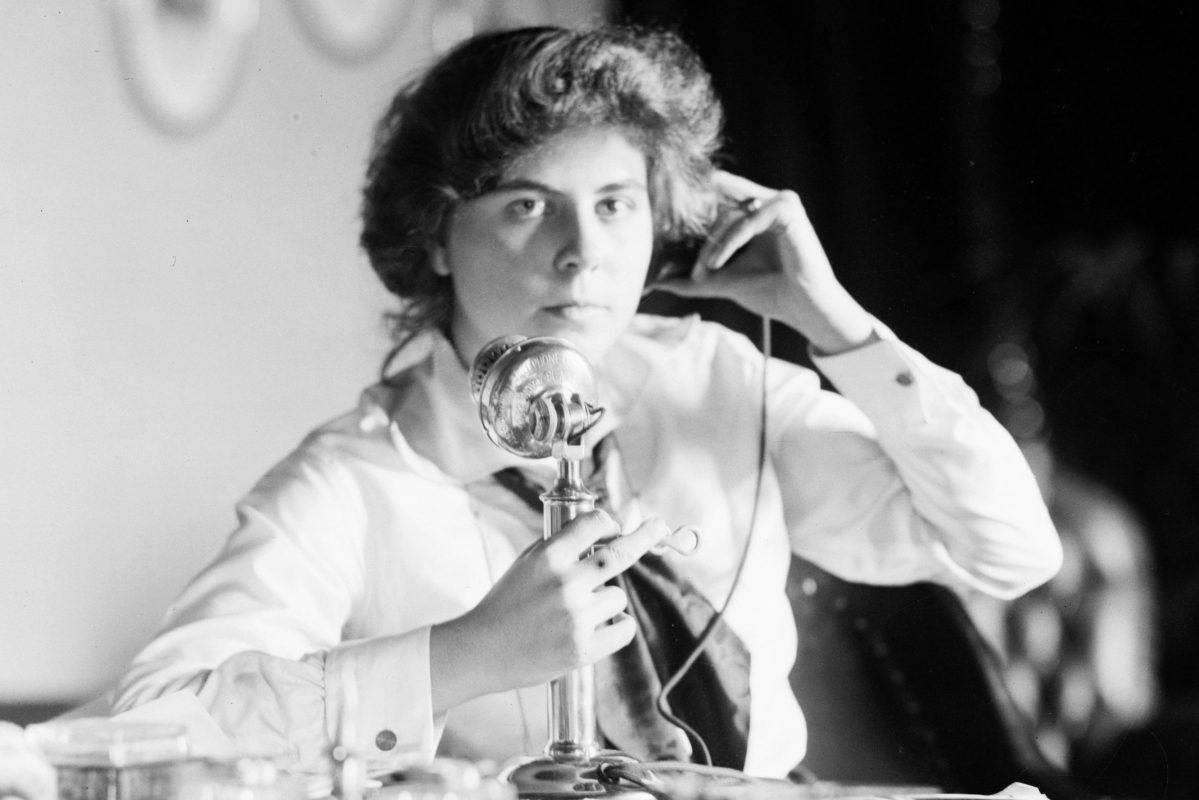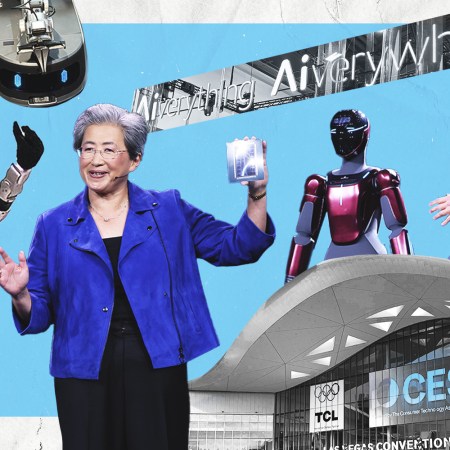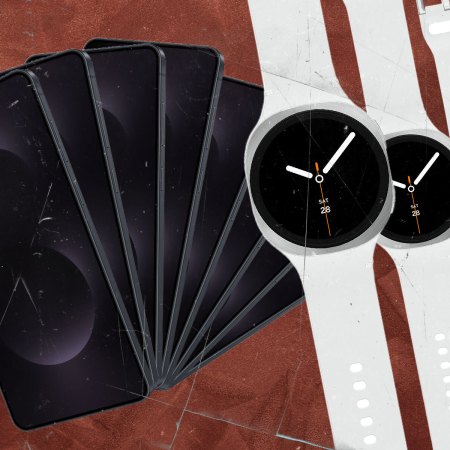A period when a pandemic temporarily shut down much of society. A citizenry confined to their homes, seeking a method to communicate with one another. A relatively recent technology that offered people a way to make contact with one another.
This isn’t a dispatch from now. All of these moments describe the influenza pandemic of 1918-19, which echoes our current unsettling moment. At the time, the telephone — not yet in a majority of American homes — was advertised as a method for people to safely communicate with friends and family.
That was the idea, anyway. But as Harry McCracken writes at Fast Company, the reality didn’t quite live up to those expectations. During the quarantine period of a century ago, events from classes to weddings were conducted over the phone. (Sound familiar?) But there was one major issue that prompted a snag in this plan. Specifically, telephone systems in those days relied upon operators. And operators, being human in the time of a pandemic, tended to get sick.
Telephone operators were just as vulnerable to the Spanish flu as anyone else; maybe even more so than some, since they sat at banks of switchboards in tight quarters, elbow to elbow with any infected coworkers. And their ranks were being depleted by illness at the same time that the flu was increasing call volume.
All of that led to a frantic search for more operators and, eventually, pleas from telephone companies for their customers to stay off the line unless their call was an urgent matter. Here, too, readers will find echoes of the present day — of a system’s infrastructure challenged by overwhelming volume.
Sometimes, historical parallels really do line up in uncanny ways.
Subscribe here for our free daily newsletter.
Thanks for reading InsideHook. Sign up for our daily newsletter and be in the know.


















